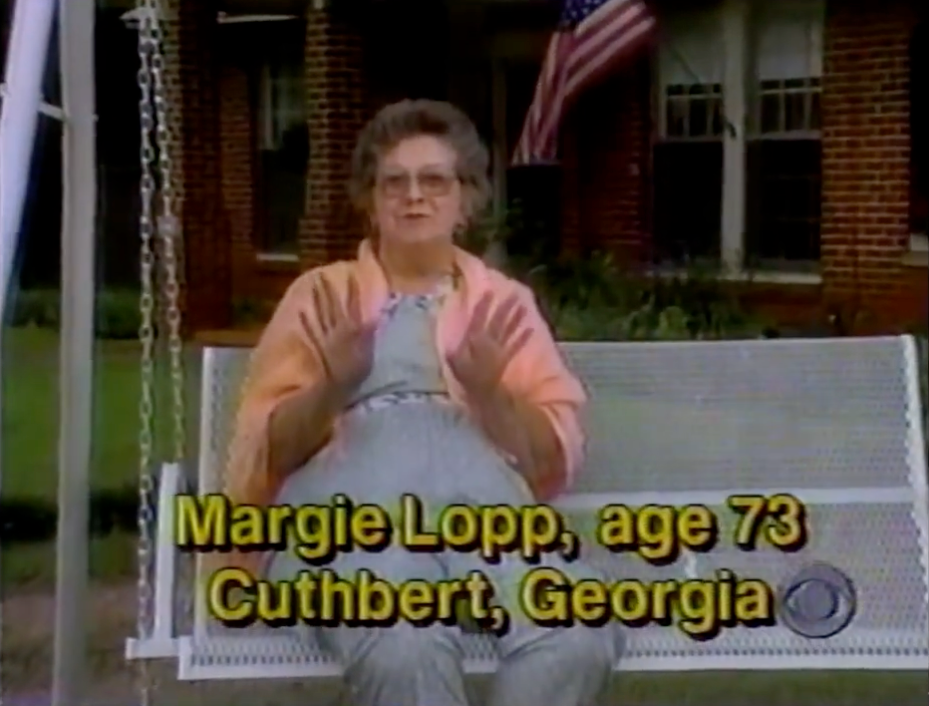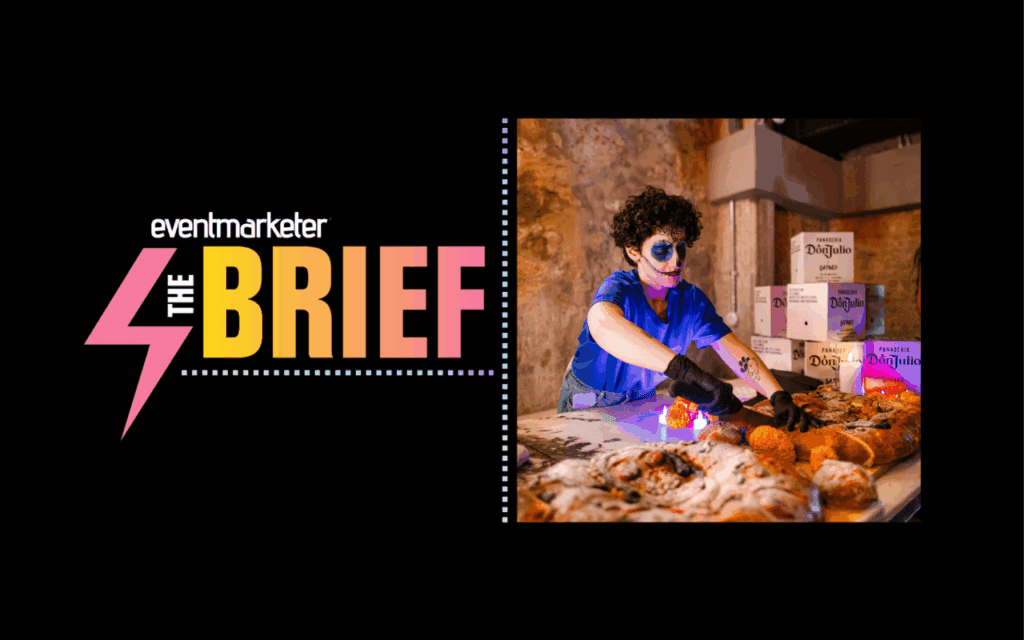BEST BUY is tailoring marketing at the same time it tailors its stores.
The retailer has crafted a three-tiered marketing plan balancing mass, customized and local marketing to reach its best customers in key audience segments. To further custom-fit, Best Buy will dive deeper in the coming months as it learns more about each shopper. Much of that information will come from its four million Reward Zone loyalty club members, and much will come from the Blue Shirts — Best Buy’s in-store staff.
“We want to reinvent retail marketing. That’s our new mantra,” says Barry Judge, Best Buy’s senior VP-consumer and brand marketing. “We want to get to co-creation, with marketing staff, store associates and customers in a continuous loop talking to each other.”
The refinement comes at a time of change — and growth — for the 22-year-old retailer: Best Buy restructured in December, and President-COO Allen Lenzmeier will retire spring 2006. Meanwhile, revenues rose 12% to 27.4 billion for fiscal 2005 ended Feb. 26.
Best Buy also plans aggressive expansion, adding 73 stores this year in the U.S. and Canada with an eventual goal of 1,000 stores. All new stores adopt Best Buy’s “customer centricity” operations strategy that eventually will set each of Best Buy’s 627 stores to focus on two of its five target consumers: Barry, Jill, Buzz, Ray and small-business owners (see “The Five Customers”).
Customer-centric stores tailor their merchandise mix to suit local shoppers; that plan rolls out to more stores this year, from 67 California stores in 2004 (and 32 pilot stores in 2003, when Best Buy first tested customer-centric merchandising). Best Buy will spend $50 million this fiscal year to convert the stores.
The 21-month-old operations plan dovetails with Best Buy’s marketing strategy because both have customers at the core. Marketing increasingly takes its cue from customers: First, to target offers by demographics and purchase history, and second, to shape local marketing by geography and by consumer group.
“We start with a mass brand, then drive customer segments with data-based and local marketing,” says executive VP-CMO Mike Linton. “Across all of that, we drive new technology and new ideas.”
The evolution during Linton’s tenure has made Best Buy one of the most dedicated data-based marketers among retailers. “Six years ago, our position was ‘Customers are our target,’” Judge says. “Then our mantra became ‘Know our customers better than anybody else.’”
To do that, Best Buy consolidated its 17 databases and homed in on technology and entertainment enthusiasts who like to shop. That spawned its current tagline: “Thousands of possibilities.” Since 2001, Best Buy has segmented shoppers in ever-finer detail, analyzing purchase data and polling Reward Zone members. This year it adds behavior dimensions, parsing its key shoppers on seven or eight actions — capturing memories, for example.
“Six years ago, it made sense to do mass marketing because most of our customers were new customers, and the advertising drove them in,” Linton says. “Now when we look at our database, most of our business comes from people that we know. So we can start driving the marketplace, learning more about these people and supplementing our mass-marketing message with a balanced targeted approach. We’re trying to spend our money on people who most want to shop the brand, versus the old mass-market way of just throwing it all out there.”
Mass marketing still gets the bulk of Best Buy’s total spend ($394 million in 2004 per TNS Media Intelligence), and celebrity-studded ads keep brand awareness high (see “Serving Up Black Eyed Peas”). But shopper data helps refine offers to make shoppers more loyal.
“Figuring out how to balance marketing and shift money across the tools is an ongoing challenge,” Linton says. “We’ll continue to build the big brand, but we’ll also take these new [targeted marketing] competencies and figure out how to use them in that context.”
Take Geek Squad, the computer-repair service that Best Buy bought in 2000 and rolled into all its stores last year. Geeks make house calls in a black and white VW Beetle, and staff in-store help stations. Geek Squad serves all three of Best Buy’s marketing tacks: “It’s good as a brand by itself; it’s great as a connection for Best Buy’s brand, and it lets us offer something different for a select customer group, like small-business customers,” Linton explains.
Ditto for the 2003 and 2004 tie-ins with McDonald’s Corp. Monopoly game that put Best Buy Bucks in the prize pool: It’s a high-profile mass-marketing tie-in that’s “cool for anybody, whether you eat at McDonald’s or shop at Best Buy,” Linton says. Mass media includes coupons that feed the data engine; local overlays target McDonald’s strongest audience, young men (and, secondarily, moms).
Geek Squad is “a uniquely trusted resource for driving high-margin service revenues,” says Goldman Sachs analyst Matthew Fassler. “As home entertainment networks become more commonplace, Geek Squad can become an increasingly valuable resource.”
Best Buy collects and tracks data via its own credit card and its 19-month-old Reward Zone, which is “foundational to us, and becoming more important as time goes on,” Judge says. “We’ve organized customers from mass level to buckets, and now we’re ready to supercharge that.”
Best Buy asks two questions to understand the value of different customers: How valuable will you be to us over your lifetime? And what share of your wallet do we have now? “We model those to find our best customers, our opportunity customers, and others who are less valuable now, then try to make customers more loyal to us,” Judge explains.
Expensive direct-marketing dollars target the most loyal customers; the rest of consumers get a steady mass-media message.
Best Buy also watches how different consumers “move through” the brand, Linton says. “If you start as a gamer, you have a different pattern than if you start by buying a TV or computer.” Watching those patterns can further customize marketing.
All of Best Buy’s data analysis is about more than marketing, Judge insists: “Knowing our customers better helps our marketing, but it also tremendously improves our experience in-store. Part of the trick is turning stores loose [on their own marketing efforts]. They know their customer segments.”
Blue Shirts and headquarters swap information regularly via store visits and monthly “GM forums,” when general managers meet to share insights. Each store also has “segment leaders” (sales associates who are experts on a product category) who serve as a sounding board for marketing staffs’ plans. They’ve been in place about a year.
Local marketing cuts three ways: by geography, by audience segment and by shirt color. Most are executed by stores; the latter target store staffers themselves.
National promotions get local overlays; separate events target key shoppers, and some consumer promos also carry staff incentives.
The three-month-old NASCAR sponsorship includes 20 personal and 50 show-car appearances this season. Reward Zone members get direct-mail and e-mail invitations. Store staff vie for an April ride with drive Mike Bliss at Walt Disney Speedway.
Stores get a playbook of ideas, but “a lot of stuff is run by stores, based on their knowledge,” Linton says. “We’re still messing around with how to measure that.”
Last spring the retailer launched a mobile digital-imaging booth that travels to garden shows, wedding expos and other venues to reach Jill. “Mothers of the bride, bridesmaids can touch and play with the equipment and get the experience we try to leverage in-store,” says Debbie Estes, director of promotions and events.
Best Buy also tests ideas locally before going national. In January, stores in 10 markets hosted appearances by retired NFL players; Reward Zone members (especially Buzz) got e-mail invitations which drew 150-300 per appearance.
A tie-in with the Small Business Association targets Best Buy for Business shoppers with Chamber of Commerce breakfasts held in stores; association reps in some stores help with small-business chores.
A joint promotion with Samsung broke last month to support the Magic Johnson Foundation. The effort, part of Samsung’s “Four Seasons of Hope,” lets Blue Shirts vie for a visit from Johnson himself — to the local school that the top-selling Blue Shirts choose. “We’re motivating the Blue Shirts using properties that we have,” Estes says.
The tagline “Thousands of Possibilities” becomes more apt as a marketing strategy as Best Buy leverages its properties and its data analysis to reach every Barry, Buzz and Jill worth having as a customer.
Serving Up Black Eyed Peas
How did Best Buy get NBA star Kevin Garnett and the Black Eyed Peas in its TV spots? Credit the music and movie team led by Gary Arnold, and a longstanding penchant for entertainment, from the 2000 Sting concert in Central Park to the 2004 exclusive on Elton John’s Dream Ticket DVD (12 times platinum in four months). Garnett, in fact, called Best Buy.
So who’s hip enough? “We want to hear about a lot of stuff, then create partnerships that matter in a unique way,” CMO Mike Linton says. “We want brands that matter, people who want to trade to do something that matters to our customers.”
The Five Best Customers
Best Buy’s “customer centricity” centers on serving five consumer groups:
Barry the affluent professional who wants the best and demands excellent service.
Buzz the younger male who wants the latest gizmos and entertainment.
Ray the family man and practical adopter of new technology.
Jill the suburban mom who wants gear that enriches her kids’ lives.
Small-business customers
(who have no nickname).
“We always have mass marketing to set the promise. Then data complements it by helping us figure out who we should be talking to more,” says executive VP-chief marketing officer Mike Linton.
Some promotions split both ways. This year Best Buy piggybacked NetZero’s five-year-old NASCAR relationship to co-sponsor a car — mostly to reach Buzz. Best Buy’s NHL sponsorship will include all-star balloting in 30 markets … next year. There’s a viral campaign for the fictitious Slothmore Institute (housed at www.slothmore.com) and a separate gaming contest — reinforcing Best Buy’s placement in videogames — that awards trips to the E3 show.
Meanwhile, Jill gets details on personal-shopping assistants, a sweeps that sent the winner and her PSA to the Latin Grammys, and a California promo that put Super Bowl-themed endcap displays (and Best Buy coupons) in Ralphs supermarkets.
Partnerships with luxury car dealers woo Barry; promos tied to media buys in Real Simple, Food & Wine and Sports Illustrated court Jill, Barry and Buzz, respectively.
“There are no demon customers,” says Barry Judge, senior VP-consumer and brand marketing. “Mostly all consumers can be profitable. If they’re not, it’s because of a bad business model. It’s stuff that we did to make them unprofitable, so we fix the business model.”




